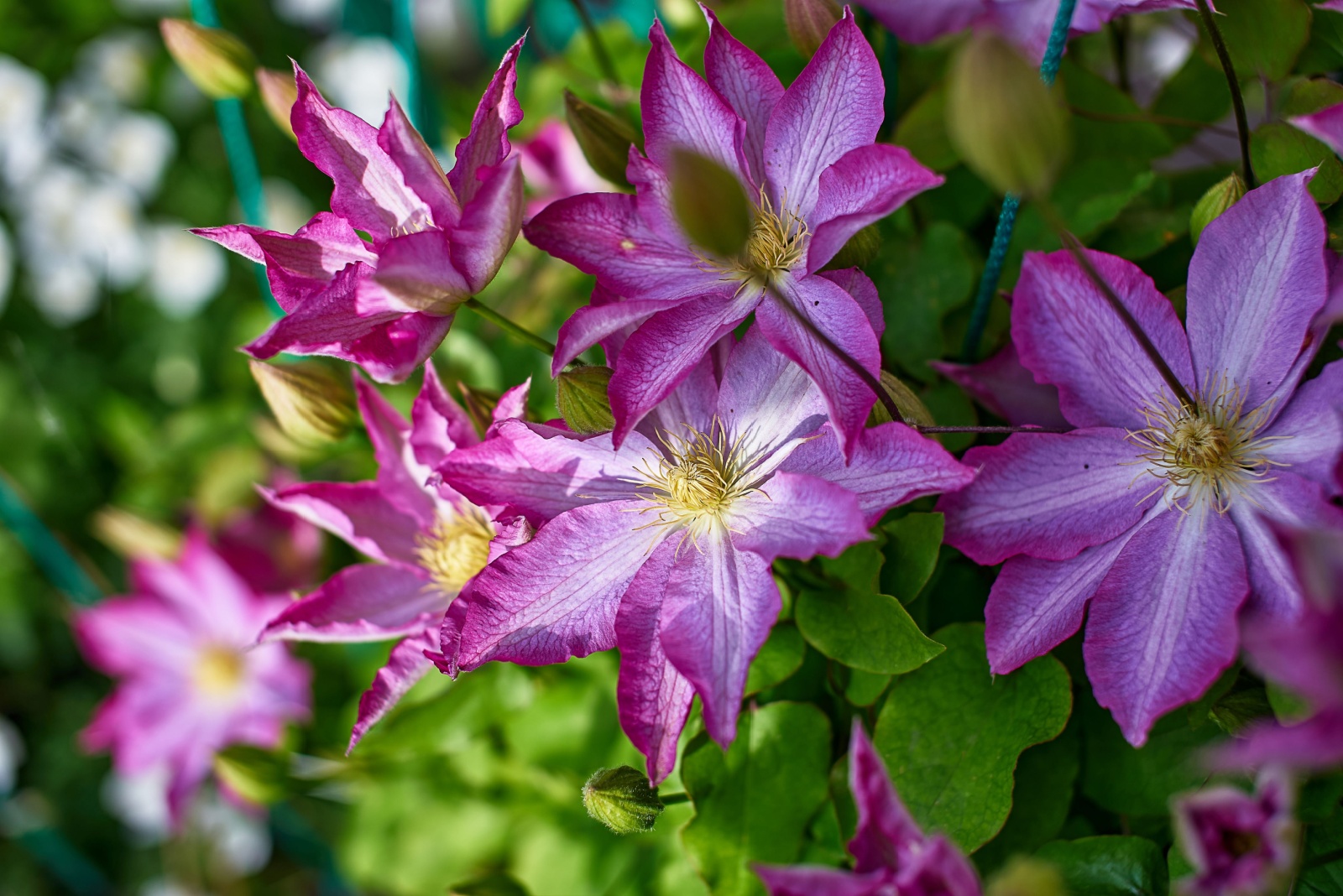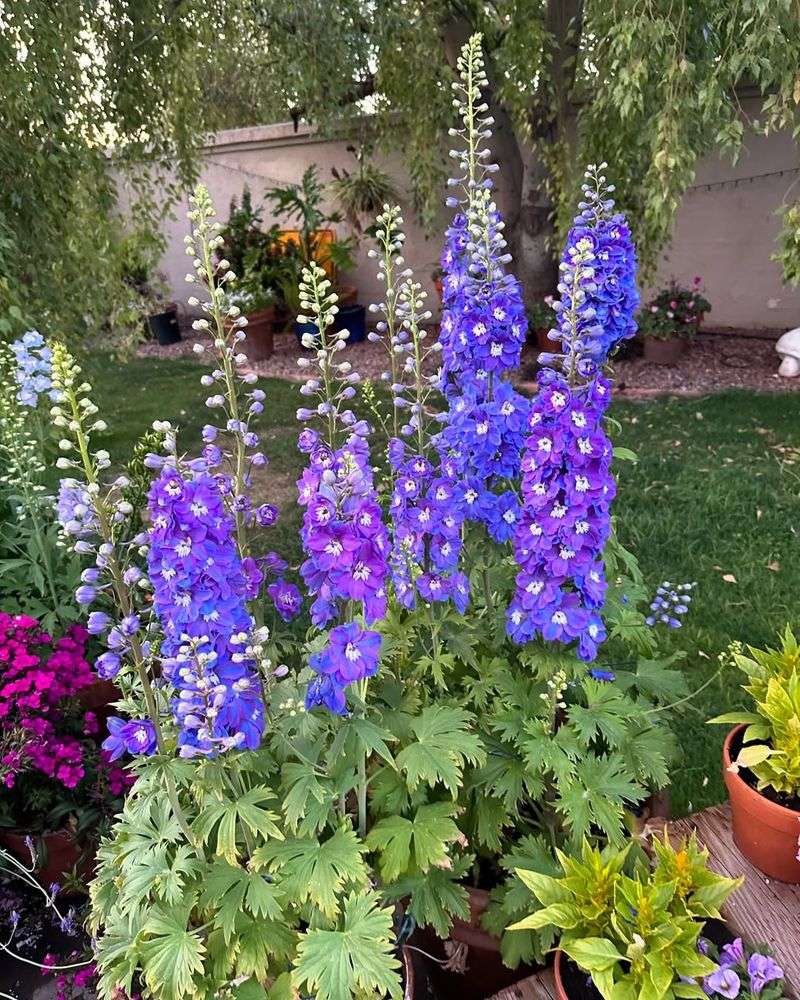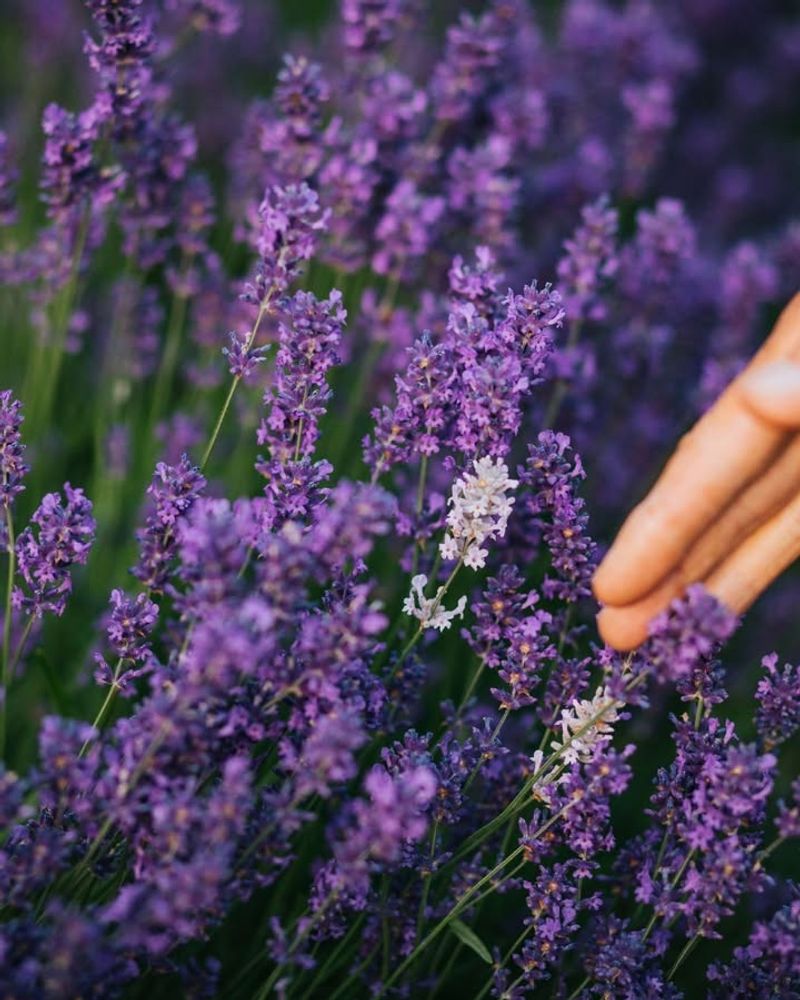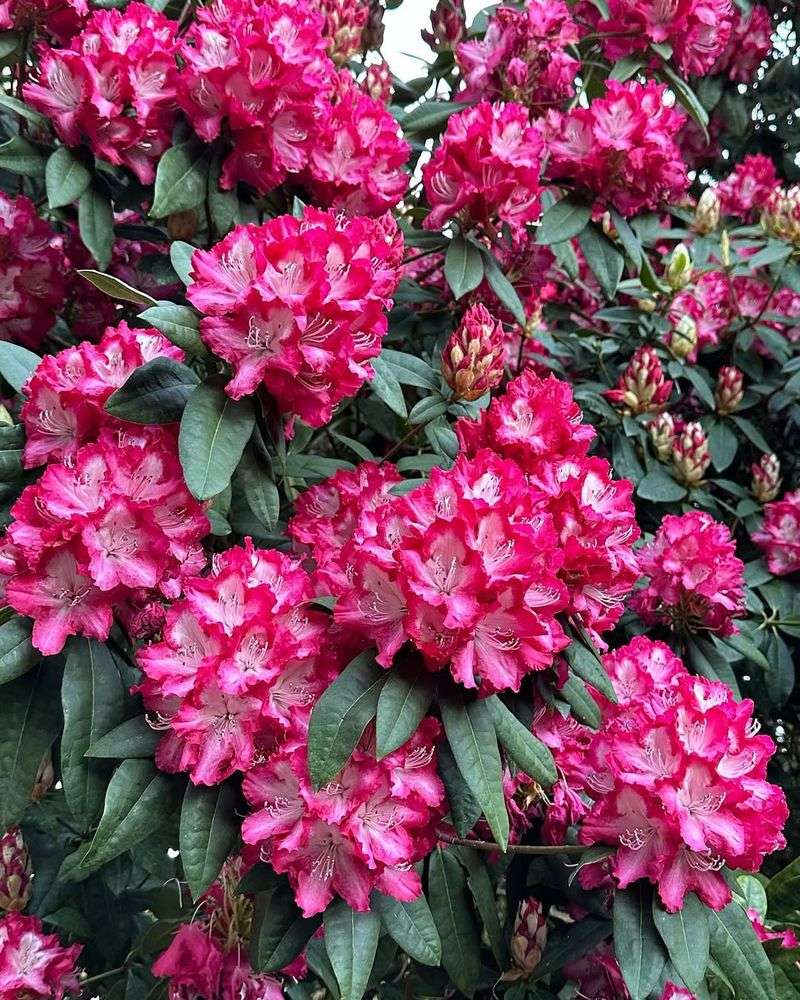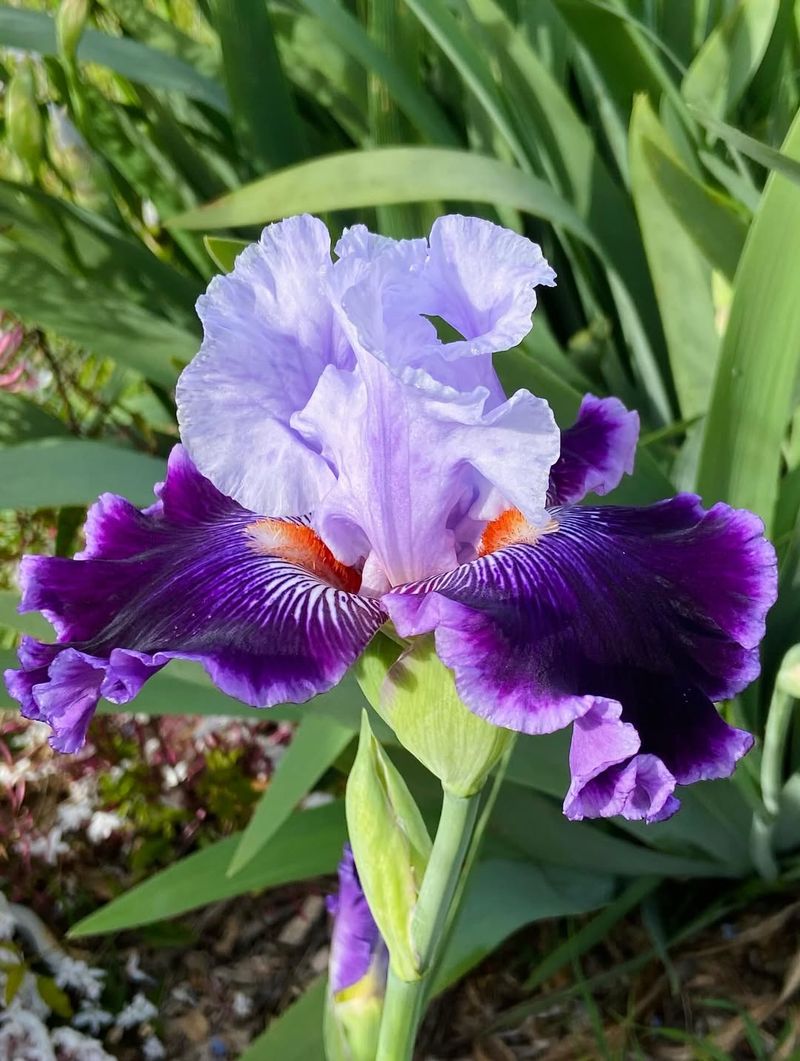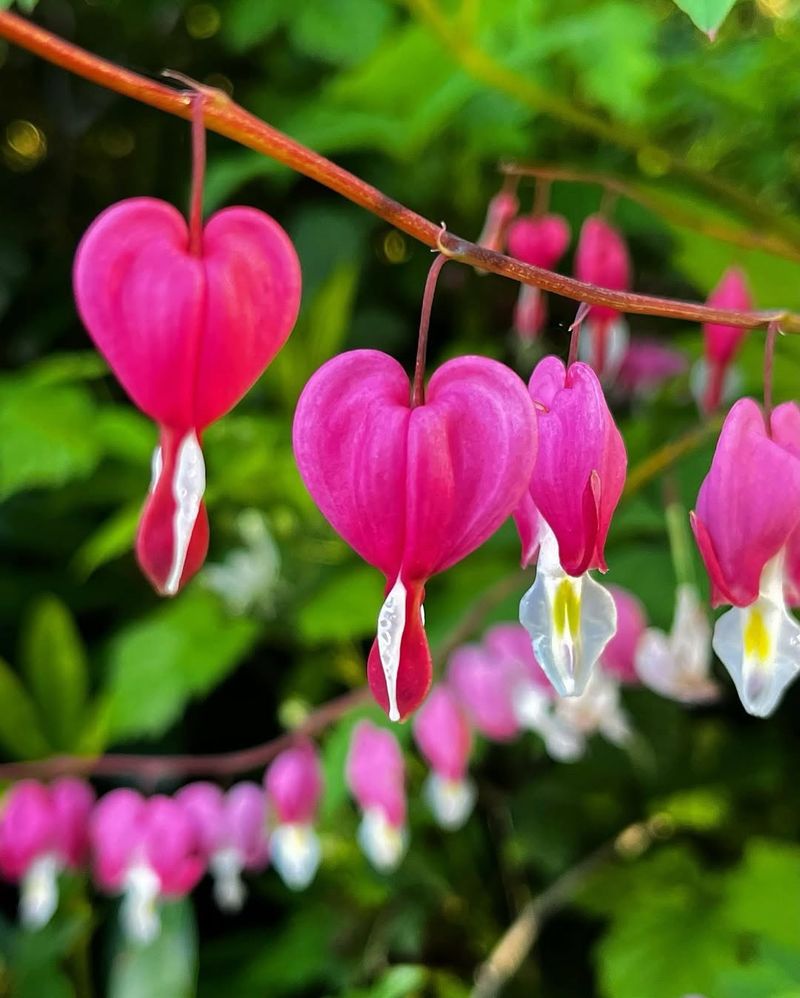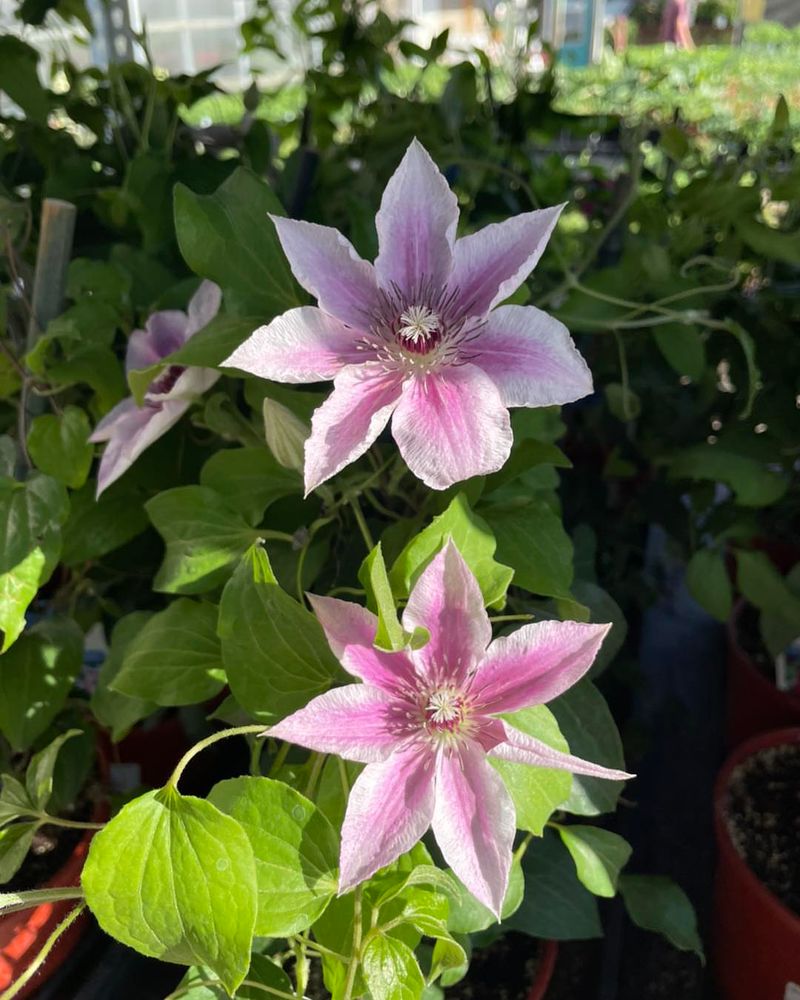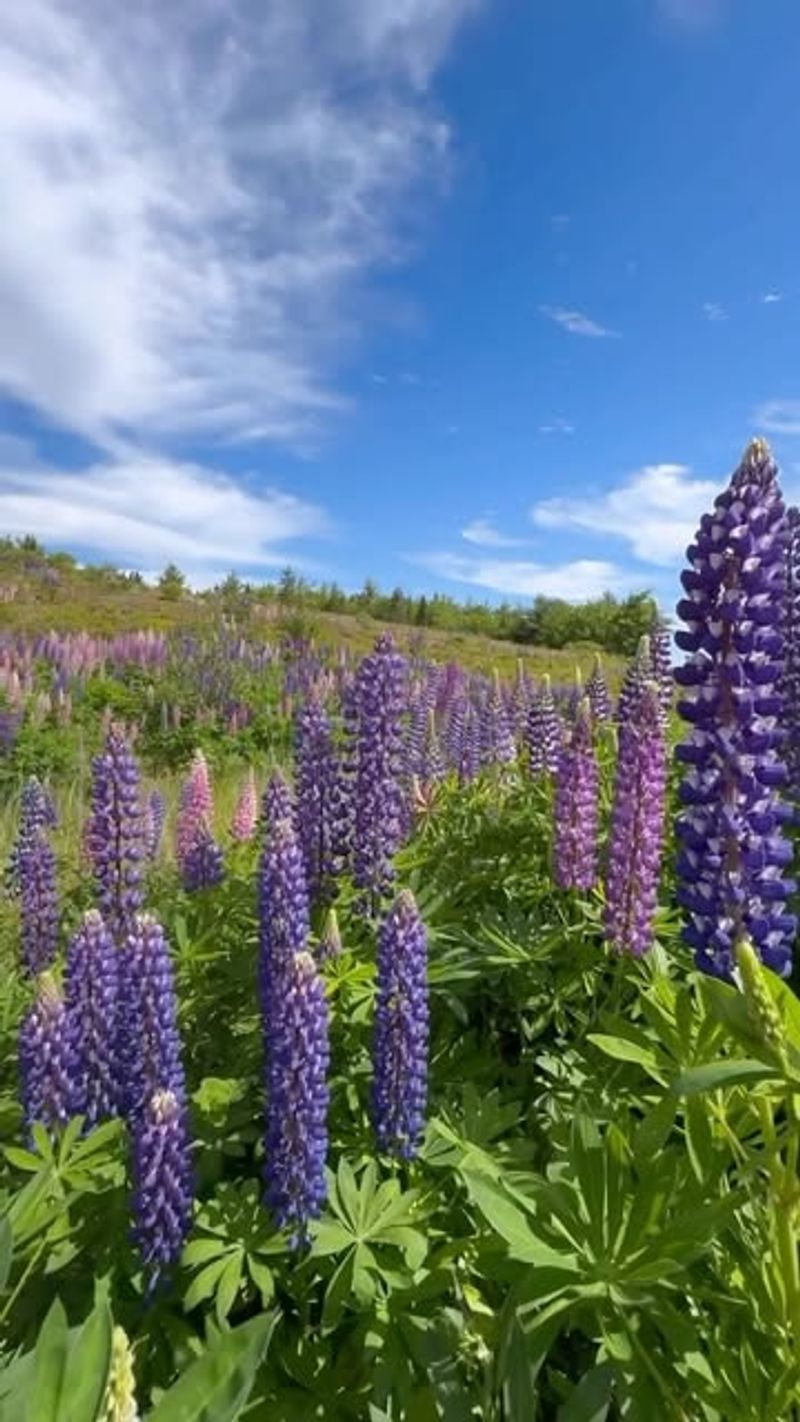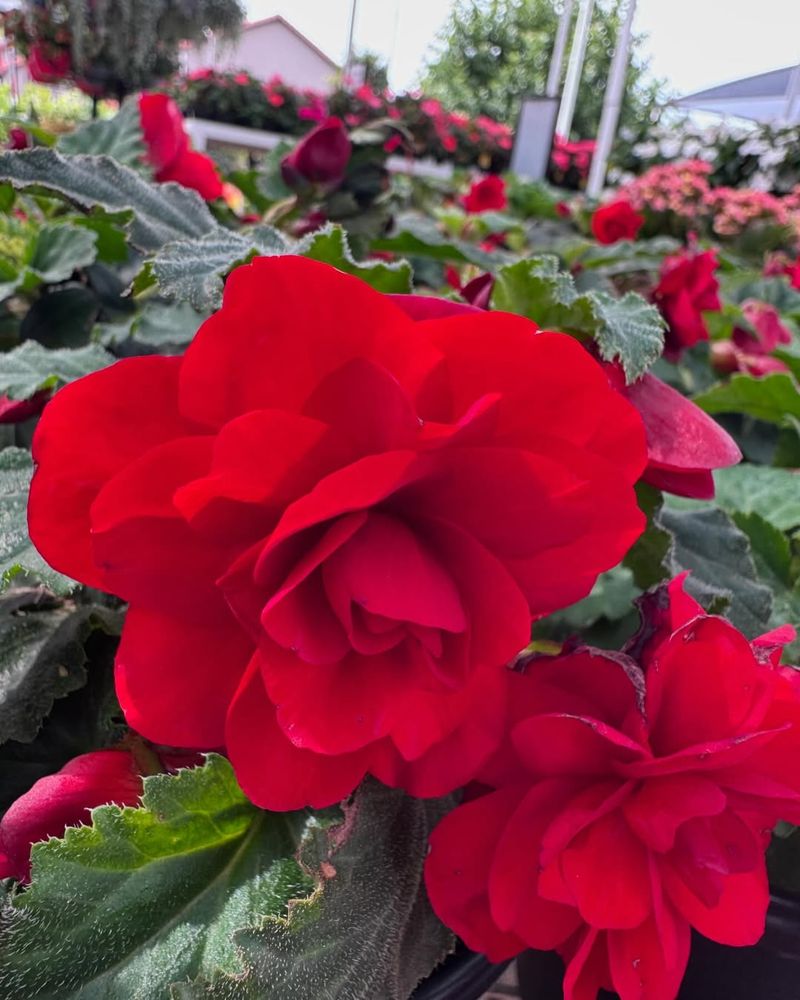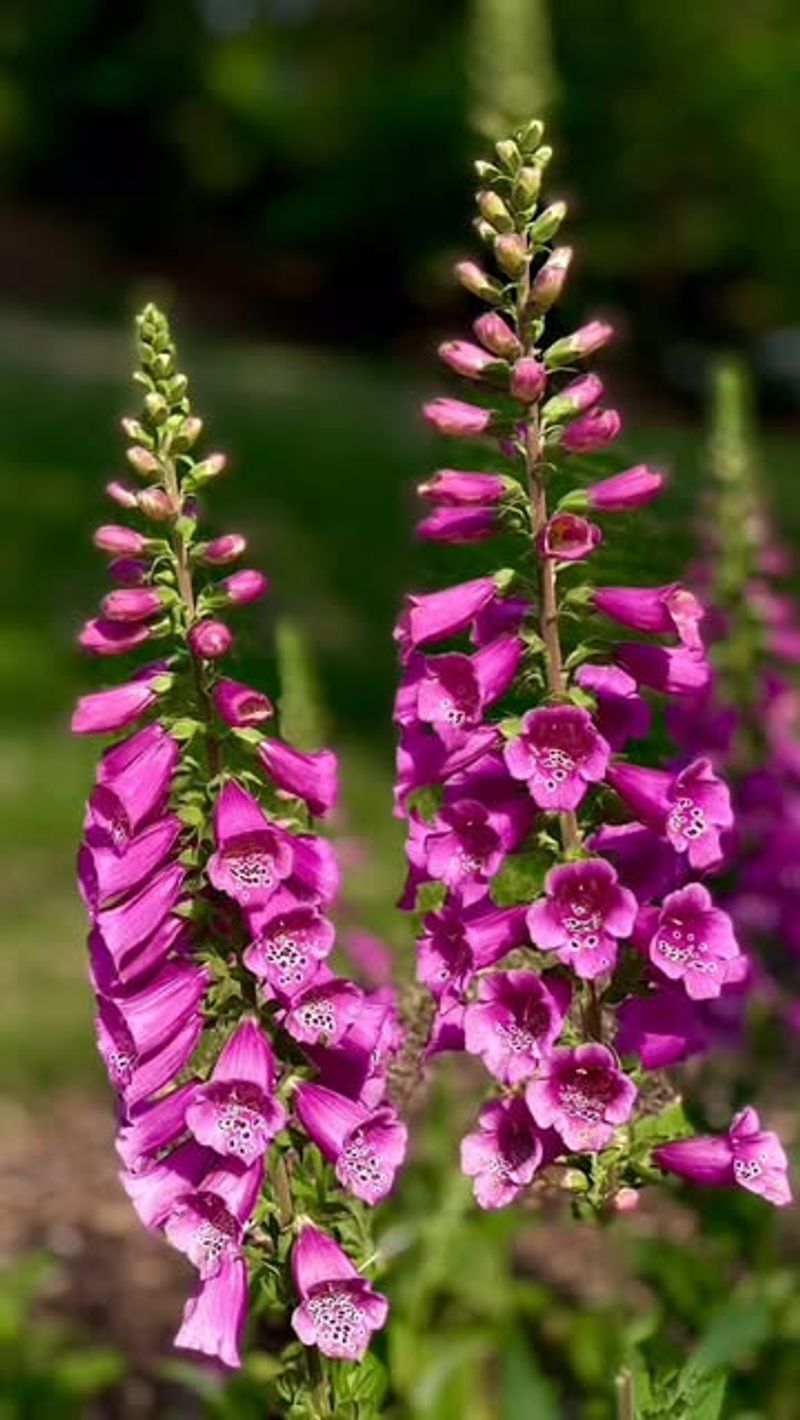Mississippi’s hot, humid summers and unpredictable weather can make gardening challenging enough without adding fussy plants to the mix. Some species demand constant attention, special soil conditions, or endless watering that just doesn’t make sense for our climate.
Choosing low-maintenance varieties instead will save you time, money, and frustration while keeping your garden looking beautiful year-round.
1. Delphinium
Delphiniums look stunning with their towering spikes of blue and purple blooms, but they’re incredibly demanding. These beauties require staking to prevent wind damage, constant deadheading, and rich, well-draining soil that’s hard to maintain in Mississippi’s heavy clay.
They’re also prone to powdery mildew in our humid climate and need regular fungicide treatments. The plants often die back after one season, making them more trouble than they’re worth for most home gardeners here.
2. English Lavender
While lavender seems like a dream plant, English varieties struggle terribly in Mississippi’s moisture and humidity. They need excellent drainage and hate our summer rains, often developing root rot despite your best efforts.
These Mediterranean natives prefer dry, alkaline soil—the opposite of what we typically have. Spanish or French lavender varieties tolerate our conditions better, but English lavender will likely disappoint you with yellow leaves and sparse blooms before eventually giving up altogether.
3. Rhododendron
Rhododendrons bring spectacular spring color to cooler climates, but they’re finicky about Mississippi’s conditions. They demand acidic soil with perfect drainage, which requires constant amendments in most areas of the state.
Our hot summers stress these plants tremendously, causing leaf scorch and bud drop. They also need consistent moisture without waterlogging—a tricky balance during our unpredictable weather. Native azaleas offer similar beauty with far less fuss for Mississippi gardens.
4. Bearded Iris
Bearded irises produce gorgeous blooms, but they’re magnets for problems in our climate. Iris borers tunnel through rhizomes, causing significant damage that requires constant monitoring and treatment throughout the growing season.
Soft rot thrives in Mississippi’s humidity, turning rhizomes into mushy messes. These plants need dividing every few years, proper spacing for air circulation, and careful watering to keep rhizomes from staying too wet. Louisiana irises adapt much better to our conditions.
5. Bleeding Heart
Bleeding hearts charm gardeners with their romantic, dangling blooms, but they’re woodland plants that can’t handle Mississippi heat. They go dormant by midsummer when temperatures rise, leaving empty spots in your garden beds.
These shade-lovers need consistently moist, cool soil that’s difficult to provide during our long, hot growing season. The foliage yellows and dies back quickly, requiring you to fill the space with other plants. Native ferns or hostas offer better summer performance here.
6. Clematis
Clematis vines produce stunning flowers, but they’re notoriously difficult to keep happy in Mississippi gardens. They want cool roots and warm tops—a challenging combination when summer heat radiates from every surface.
Clematis wilt disease strikes without warning, causing entire vines to collapse overnight despite appearing healthy. They need careful pruning based on variety, consistent moisture, and protection from sun. Confederate jasmine or crossvine provide easier climbing options with similar visual impact for Mississippi landscapes.
7. Lupine
Lupines create dramatic flower spikes that belong on postcards, but they fail miserably in Mississippi’s climate. These cool-season lovers can’t tolerate our heat and humidity, often dying before producing any blooms at all.
They require acidic, sandy soil with perfect drainage—conditions that don’t naturally occur in most of the state. Even with soil amendments, lupines usually struggle through one disappointing season before giving up. Salvia or baptisia offer similar vertical interest with much better heat tolerance.
8. Tuberous Begonia
Tuberous begonias showcase incredible blooms that look almost artificial in their perfection, but they’re extremely fussy about growing conditions. They need cool temperatures and high humidity without getting wet—nearly impossible during Mississippi summers.
These plants rot easily if watered overhead or if drainage isn’t perfect. They also require digging up and storing tubers over winter, adding extra work to your gardening routine. Wax begonias or caladiums provide colorful alternatives that thrive in our climate.
9. Foxglove
Foxgloves bring cottage garden charm with their towering flower spikes, but they’re biennial plants that require patience and perfect conditions. They need cool weather to establish, which limits planting windows in Mississippi to fall only.
Our hot, humid summers often kill them before they can bloom in their second year. They also self-seed prolifically, becoming weedy if conditions somehow suit them. Hollyhocks or southern shield ferns offer better vertical elements that actually survive our climate without constant replacement.

